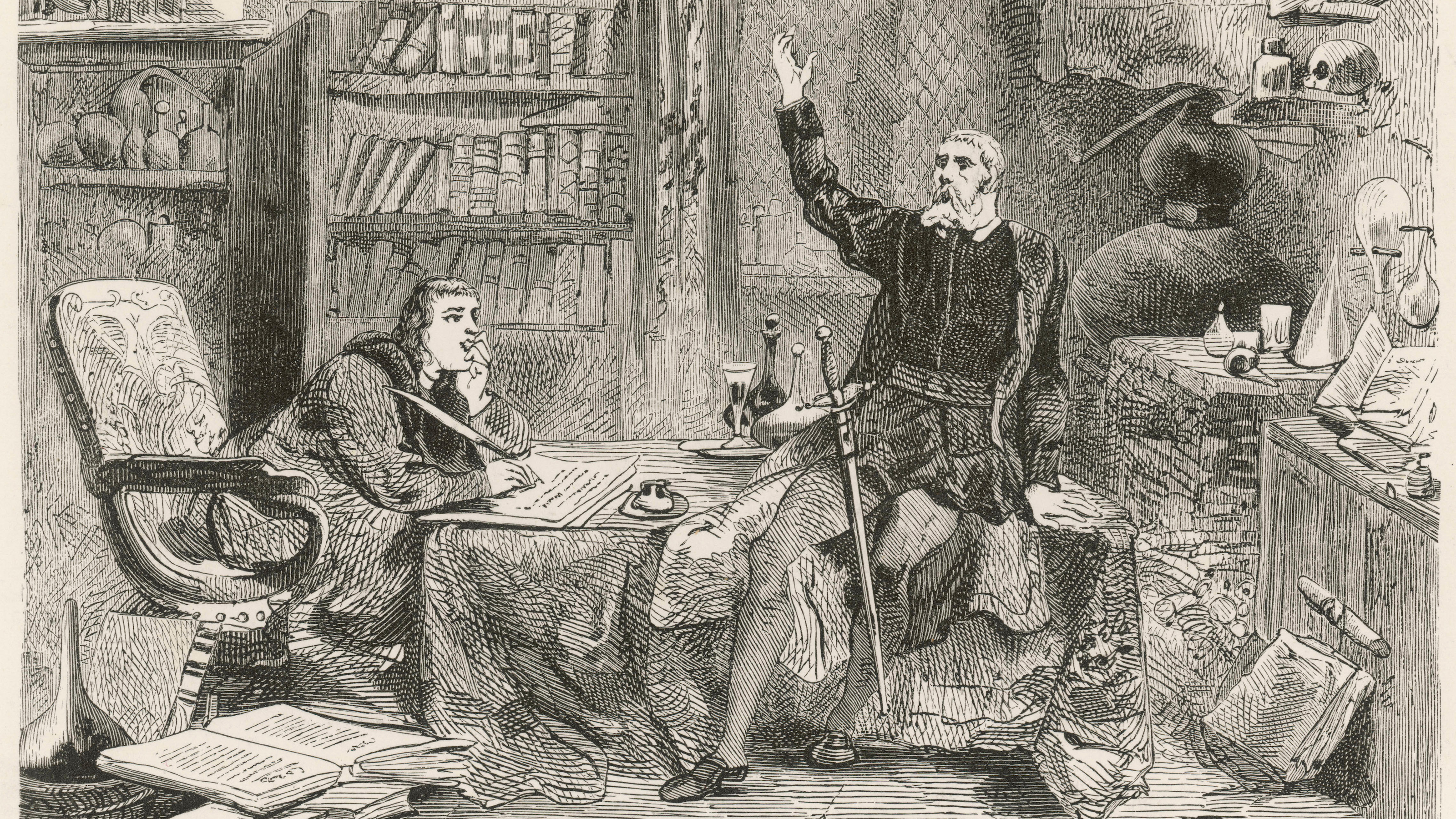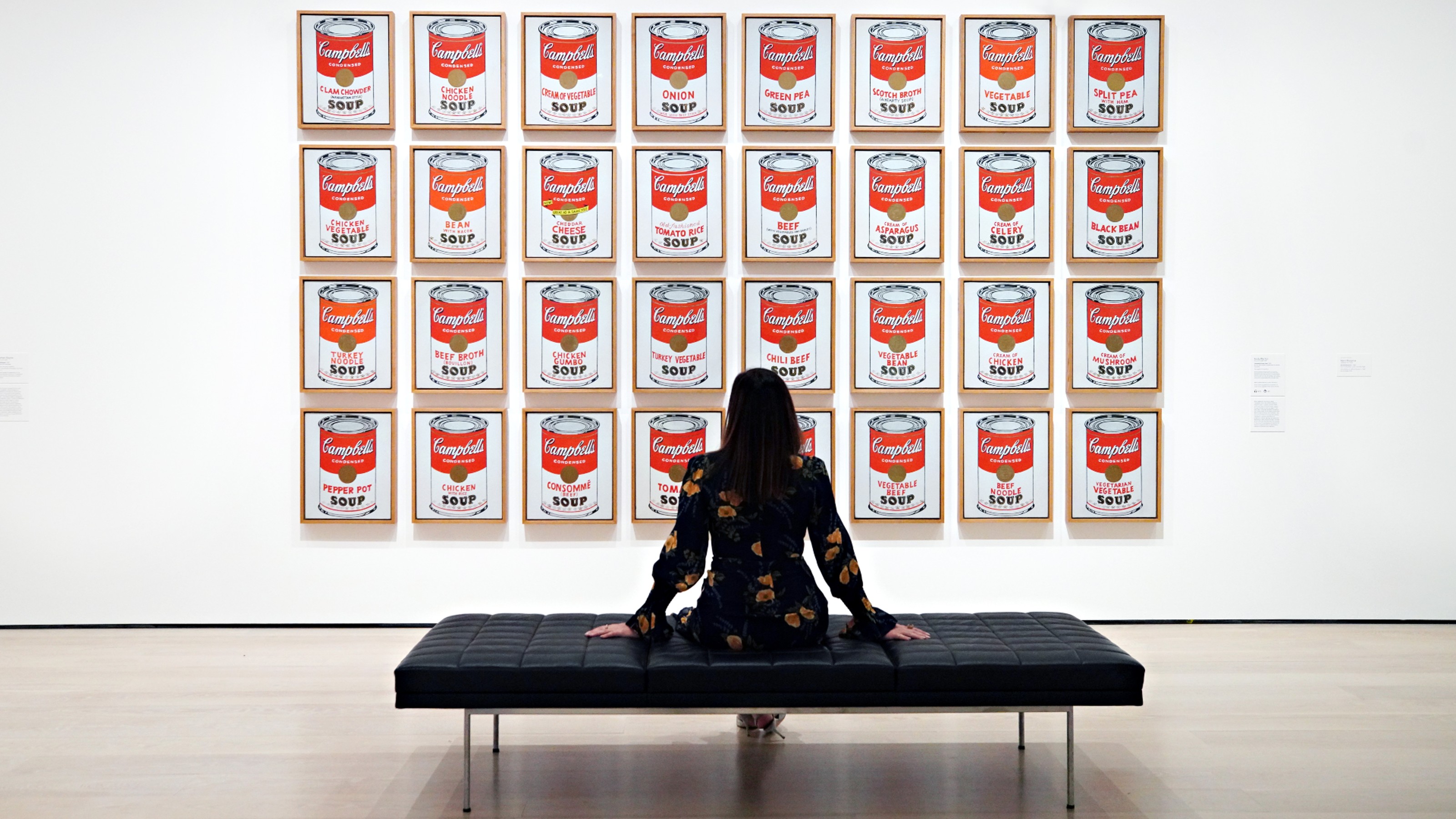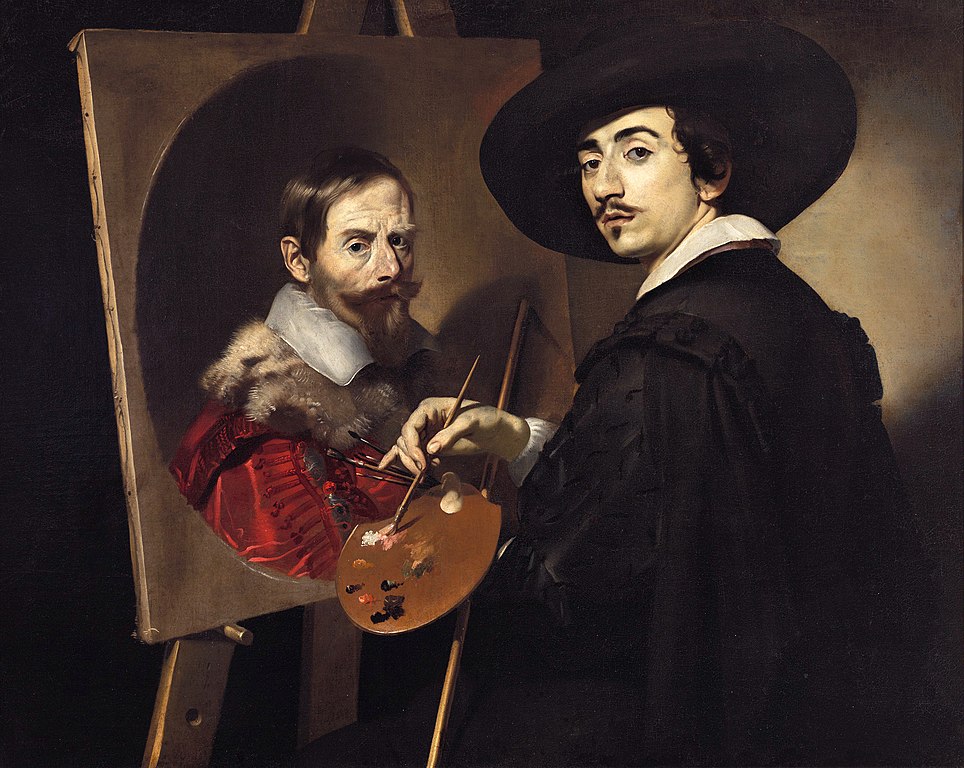Renaissance painters also used “emojis” as sexual metaphors
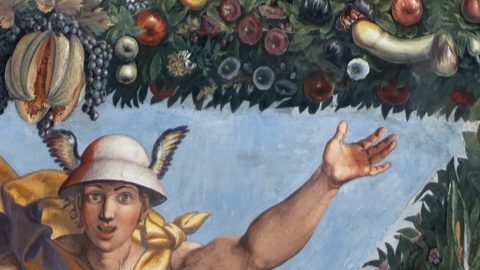
A cursory glance through any Zoomer’s chat history or social media DMs will reveal images of various fruits, vegetables, and animals used in lieu of regular written communication. Many of these “emojis” are used as sexual metaphors today, a practice that isn’t new by any means. The first use of representations of produce for this purpose dates back to the late Renaissance in Rome. How did this trend, which corresponds with contemporary sociological practices, become popular in the first place?
Artist and writer John Varriano answers this question in an article published in Gastronomica in 2005.
Varriano writes that the initial growth of this artistic style took place in the era that began with Raphael (1483–1520) and ended with Caravaggio (1571–1610). Subjects from the “natural world and from daily life” appeared to catch the imagination of visual artists in particular in the sixteenth century. A humorous genre that “fashioned clever visual puns from ordinary foodstuffs” emerged from this interest. Varriano points out that “Renaissance ‘learned erotica,’ as opposed to popular pornography, was especially steeped in metaphors, puns, and elaborate rhetorical devices.” And the shapes of certain fruits and vegetables lent themselves especially well to sexual suggestion.
One reason for this assertion of the anthropomorphic nature of fruits and vegetables goes back to the “doctrine of signatures,” which had been advocated for centuries by “herbalists searching for signs to the efficacy of God’s creations.” Varriano writes that the epicenter of this relationship between food and sex was in papal Rome because of its largely male population. A number of painters, including Raphael and Caravaggio, inserted figs, peaches, melons, and squashes into their paintings, even when they depicted religious scenes.
The first example of this can be seen in the frescoes painted in the Loggia di Psyche at the famed Italian Villa Chigi, now known as the Villa Farnesina, a popular museum of contemporary Italian art. Giovanni da Udine, one of the artists in Raphael’s circle who worked on the frescoes at the villa, inserted “suggestive depictions of fruits and vegetables” into the paintings. According to biographer Giorgio Vasari,
Above the flying figure of Mercury, [Giovanni da Udine] fashioned a Priapus from a gourd and two eggplants for testicles…while nearby he painted a cluster of large figs, one of which, overripe and bursting open, is penetrated by the gourd.
Friulan artist Niccolò Frangipane, in his painting Allegory of Autumn, offers is a prominent example of this type of symbolism. Frangipane’s work isn’t subtle, explains Varriano. The painting features a “leering satyr pok[ing] a finger into a split melon…his other hand grasps a sausage that lies near a cluster of cherries, his gestures vividly evoking the erotic dreams of the youth napping next to him.” In another painting attributed to Frangipane, often referred to as Satire on a Madrigal Performance or The Madrigal Singers, the artist mocks “the refinement of music by arranging the singers around a table suggestively festooned with peaches and sausages.”
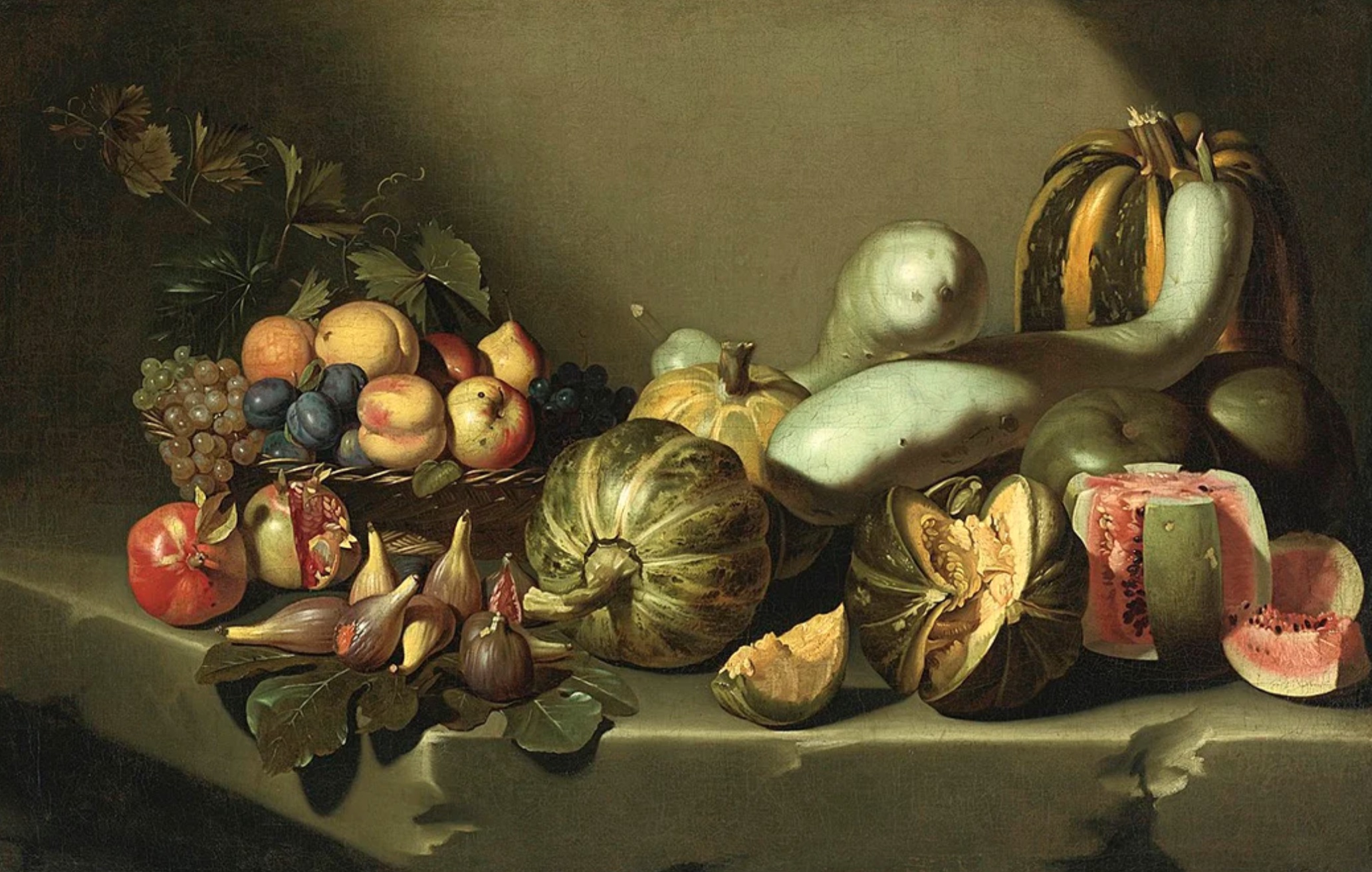
Varriano shares the example taken from a tapestry known as The Meeting of Joseph and His Father (Incontro di Giuseppe). Commissioned by Cosimo I de’ Medici as part of a larger series to decorate the Palazzo Vecchio and designed by Mannerist painter Agnolo Bronzino, the focal point of the tapestry is the central image, which shows a poignant reunion. However, closer scrutiny reveals that the tapestry’s ornamental border includes “phallic bottle gourds cavorting with abandon.”
This practice of slipping fruit and veg into an artwork to up the sexual tension wasn’t limited to the visual arts, Varriano writes. Poets and writers also began to connect the “congruities of food and sex” through the use of “bawdy poems keyed to sexually suggestive crops.” Some of this imagery was effusive in its portrayal of homoeroticism, with a number of examples highlighting “the sixteenth century’s fascination with the penis,” in Varriano’s words.
It’s not all humor and wit, though. Botanists also accredit these works with offering a unique and detailed perspective on the “horticulture of the time replete with identifiable insect predations and disease damage,” writes Varriano.
Though the practice of symbolizing sex with produce seems to have waned in popularity after 1600 in Rome, Dutch and Flemish painters took it up in later years. But Varriano points out that the genre, with its “off-color wit,” would still have functioned as a fantastic metaphor for the culture of post-Reformation Rome, “a culture whose quest for religious and political orthodoxy frequently led to further uncertainties, and where humor alone offered an acceptable outlet for transgressive desire.”
This article appeared on JSTOR Daily, where news meets its scholarly match.
